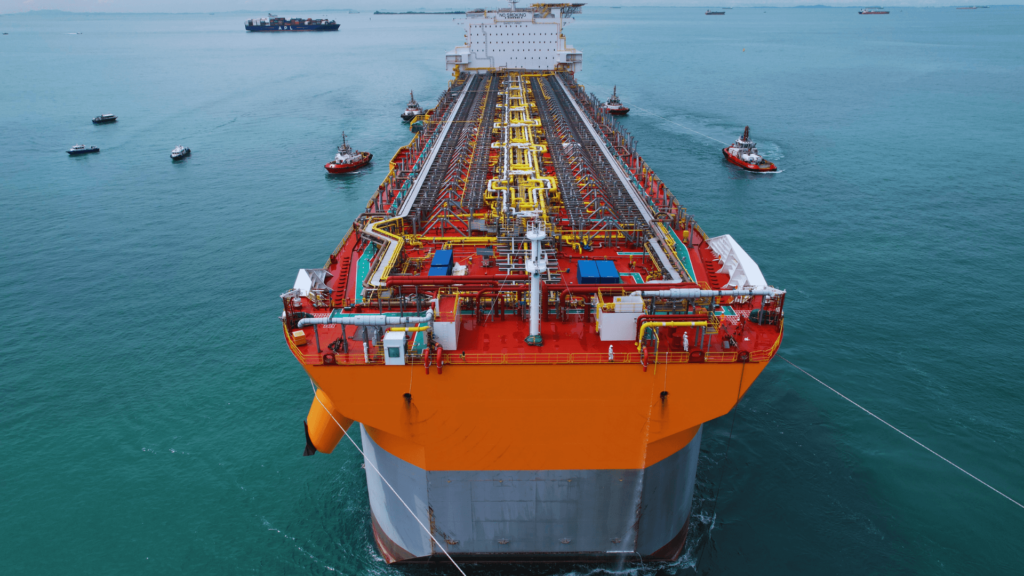By Kiana Wilburg
CEO, Guyana Energy Conference & Supply Chain Expo
The subsea market, which includes suppliers of subsea umbilical risers and flowlines (SURF), trees, wellheads, manifolds and other components, is poised to experience a record-breaking influx of capital.
According to a Rystad Energy report, over US$42 billion will be spent on this subsector by the end of 2027. The Norwegian consultancy group said for 2024 alone, cumulative spending is expected to reach US$32 billion, representing a 6.5% increase from the previous year.

Notably, deepwater developments are set to dominate the sector, accounting for 45% of the market from 2024 to 2028. Significant greenfield projects include Barracuda Revitalization in Brazil, Johan Castberg and Breidablikk in Norway and Golfinho in Mozambique. Key brownfield initiatives include Balder Future, Gullfaks South and Schiehallion in Norway and the UK.
Ultra-deepwater projects, driven by major floating production, storage and offloading (FPSO) initiatives in Brazil and Guyana, are projected to capture 35% of the market. Rystad said South America is expected to lead globally with 500 subsea tree installations over the next five years.
Upcoming ultra-deepwater greenfield projects (beyond 1,500 meters) include Yellowtail, Tilapia and Redtail in Guyana’s Stabroek Block, alongside Buzios VIII, Buzios IX, Sepia and Atapu in Brazil. Notable brownfield projects are Trion in Mexico, Egina in Nigeria, and Argos (Mad Dog Phase 2) in the US.
The subsea sector has made notable strides since 2022 amid more sanctioning activity for deepwater and ultra-deepwater developments. In that year alone, deepwater projects saw expenditures of US$12 billion, with Europe contributing 28% of this total.
Between 2020 and 2023, Rystad said Norway led globally by installing 200 subsea trees out of a total of 600 placed in deep water (ranging from 125 to 1,500 meters). During the same period, Norway also installed 1,400 kilometers of SURF in deep water, surpassing Brazil’s 1,200 kilometers.
In 2024, ExxonMobil’s expanded operations are expected to significantly boost subsea tree installations. Following Equinor, which installed 17% of the total subsea trees this year, ExxonMobil is projected to contribute 12%, with a primary focus on Guyana.
Rystad said, “This increase is driven by major projects such as Yellowtail, Redtail and Payara, underscoring Guyana’s growing prominence in the subsea sector amid heightened sanctions and a shift towards more sustainable and efficient operations.”
Looking ahead to the suppliers and operators poised to shape the market in the coming years, Rystad said TechnipFMC is expected to supply around 400 subsea trees between 2024 and 2029. Of this total, 35% is estimated for ExxonMobil’s developments in Guyana and 22% for Petrobras in Brazil.

